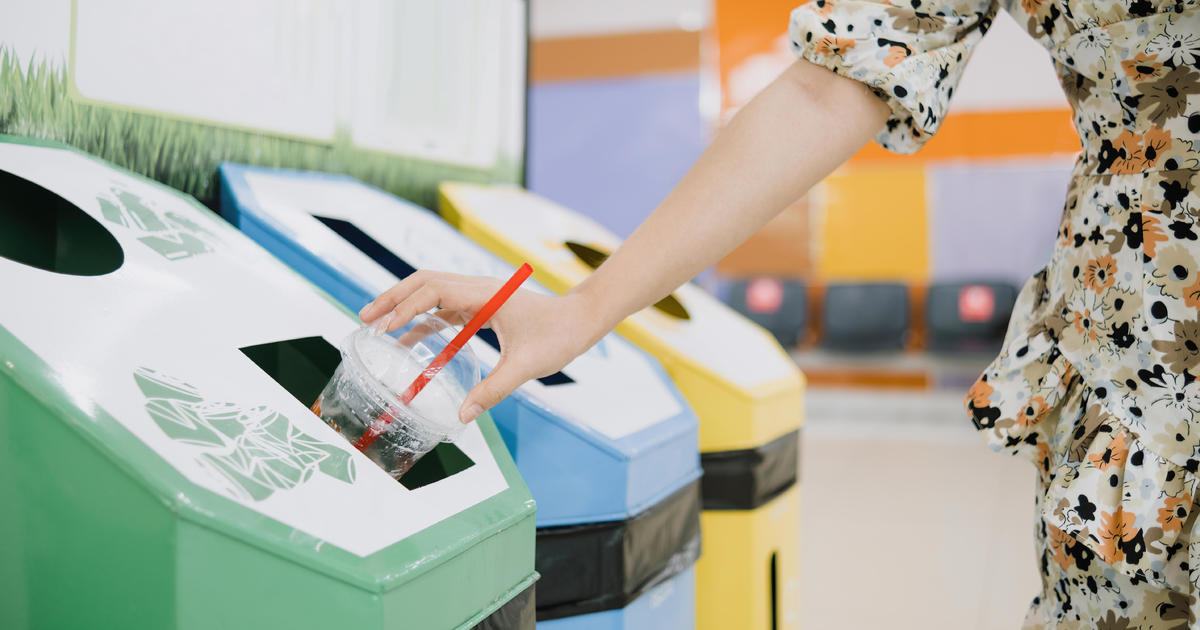Good Question: How Do They Make Old Movies 3-D?
MINNEAPOLIS (WCCO) -- It's not just about the popcorn or big name stars anymore: 3-D is the buzz in movie making.
Even Titanic, released 15 years ago, is coming back to the big screen in the new form. So, how do they make an old movie 3D? Good Question.
Scott Ferril is a filmmaker. But there's no actual film here.
"The greatest 3-D has yet to be shot," says Ferril.
He uses two cameras rigged just slightly apart from one another.
"It's (technology) changing every year, there's a whole leap and bounds of 3D and people don't realize that in 5 years it's going to look like what it looks like today," said Ferril.
Today, movie makers are trying to highlight more of the emotions of the characters. It would have worked for Titanic, but the technology wasn't as sophisticated 15 years ago.
Now, getting the 3-D effect is trickier and more expensive.
"They do a lot of handwork, so it costs about $120,000 a minute," said Ferril. "So, for a two hour movie, that's between 13 and 15 million dollars or more and it's basically because people have to go by hand, frame by frame, cutting out each individual object."
You need to take away that headache or nauseous feeling people got from the old blue and red glasses that filtered color instead of blending the images.
"Your brain picks up a lot of cues and if everything isn't quite the way it should be, your brain will notice it and go, 'I need to take off the glasses,'" said Ferril.
Each piece has to be cut out and moved, as if two cameras were originally shooting.
You likely learned the simplest version of 3-D as a kid with a View Master. It forces your two eyes to look at two different images for that 3-D affect.
As for 3-D glasses, they look more like sunglasses, because the old ones filtered color, where these help your eyes divide the picture in two.



